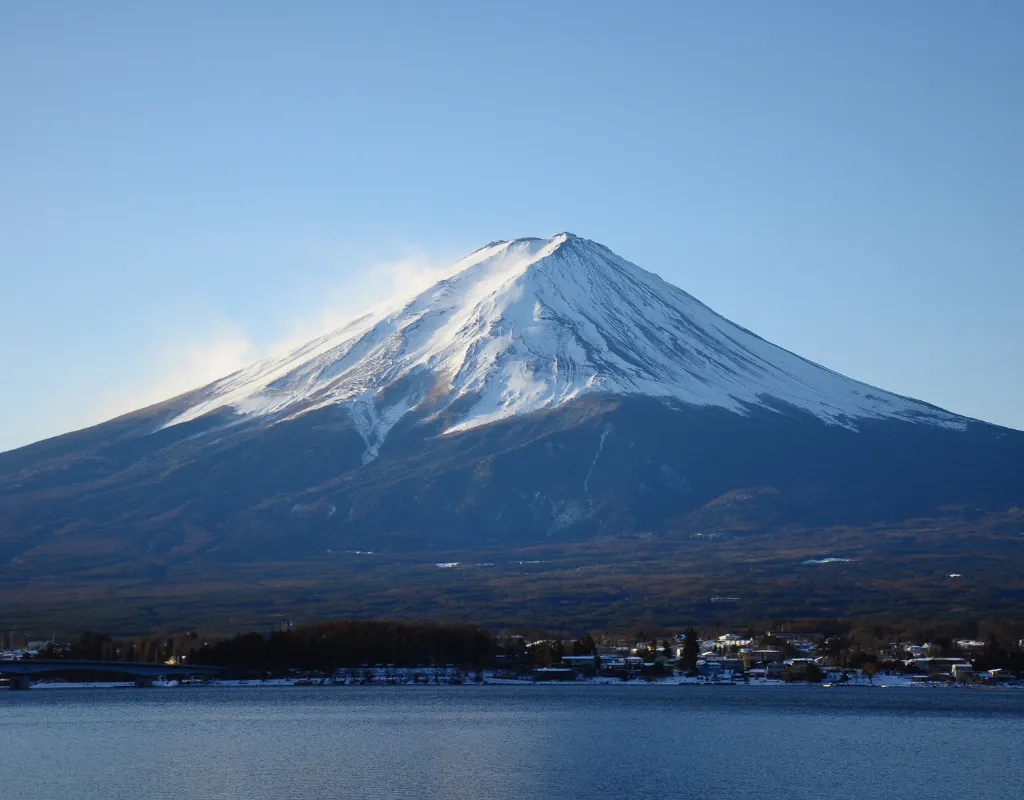- July 15, 2025
- No Comments
If you’re living in Japan, you may notice that August brings a unique mix of national holidays, school breaks, and cultural traditions. It’s one of the busiest travel seasons of the year, with families returning to their hometowns, students enjoying summer vacation, and many workers taking time off.
This guide will help you understand what to expect during the August holiday in Japan—from official public holidays like Mountain Day, to school and office summer breaks, and the traditional Obon season. Whether you’re planning a trip, taking time off work, or just curious about how Japan slows down (and sometimes gets very crowded) in August, this article breaks it down for you.
Table of Contents
Chapter 1: National Holiday in August
One of the main August holiday in Japan is Mountain Day, called “Yama no Hi” (山の日) in Japanese. Celebrated every year on August 11, this public holiday was introduced in 2016 to encourage people to take a break and appreciate Japan’s beautiful mountains and natural surroundings. It’s a relatively new holiday, but it has quickly become a part of the summer season.
If August 11 falls on a Saturday or Sunday, the holiday shifts to the next weekday as a substitute holiday, known as furikae kyūjitsu (振替休日). This system helps ensure people still enjoy a day off, and in many cases, it creates a three-day weekend.
Because Mountain Day often overlaps with the Obon season, it marks the beginning of one of the busiest travel periods of the year. Trains and highways can get crowded as many people use the opportunity to take short trips, visit family, or spend time in nature.

Chapter 2: Summer Holidays for Schools in Japan
One of the key features of the August holiday in Japan is the summer break for students. The length and timing of the holiday vary depending on the school level and region.
1. Elementary, Junior High, and High School
For most public schools in Japan—elementary, junior high, and high school—summer vacation typically runs from late July to late August. However, the exact schedule differs by region due to climate and snowfall patterns:
Hokkaido and Tohoku regions:
Summer holidays are shorter, generally from late July to mid- or late August.
These regions receive heavy snowfall in winter, so schools sometimes close during severe snow days. As a result, summer breaks are shortened to balance the academic year.Kanto, Kinki (Kansai), Chugoku, Shikoku, and Kyushu regions:
Summer vacation usually starts around July 20 and ends between August 26 and August 31.Chubu region:
Similar to Kanto, but areas like Nagano Prefecture, which also experience heavy snow, may have shorter summer holidays.
During this period, students often have summer homework, club activities, or attend special lessons like swimming. Many families also take trips or participate in local festivals.
2. University
Universities in Japan typically have a longer summer break compared to primary and secondary schools. Most universities close for around two months, from August through September.
However, the exact schedule can differ depending on the university and department. Some courses or labs may continue to meet during the summer, so it’s best to confirm with the school directly.
For foreign residents studying or raising children in Japan, being aware of these school calendars can help when planning vacations or activities during the August holiday in Japan.

Chapter 3: Summer Holidays for Office Workers
Unlike schools, there’s no official summer holiday required by law for companies in Japan. However, many people take time off during Obon, which usually falls between August 13 and 16. This is one of the busiest travel seasons in Japan, as workers use paid leave to enjoy a short summer break.
Some people take a whole week off by combining Obon with weekends and paid vacation days (年次有給休暇 / nenji yūkyū kyūka). But because it overlaps with school holidays, tourist spots, highways, and trains can get very crowded. To avoid the rush, some workers choose to take their summer holiday a little later, such as in early September.
In Japan, the Labor Standards Act requires companies to make sure that employees who get 10 or more paid leave days per year take at least 5 days of it. To help meet this rule, many companies encourage staff to use their paid leave around the Obon period.
If you’re working in Japan, it’s worth checking your company’s summer holiday policy. Some offices close completely for a few days, while others stay open and leave the timing up to employees.
Whether you take time off during Obon or avoid the crowds and travel later, the August holiday in Japan is a good chance to rest and recharge.

Chapter 4: Obon – A Time for Family and Tradition
Obon (お盆) is one of the most important traditions during the August holiday in Japan. It’s a time when families honor their ancestors’ spirits through visits to graves, offerings, and gatherings at home.
Obon is typically held from August 13 to 16, and many people return to their hometowns. You may also see Bon Odori (traditional dances) and lanterns used to welcome and send off spirits.
While Obon isn’t an official national holiday, many businesses close or shorten hours, and travel can be very busy during this time.
Want to learn more about Obon customs and how to take part? Read our full guide to Obon here.
Related Post



